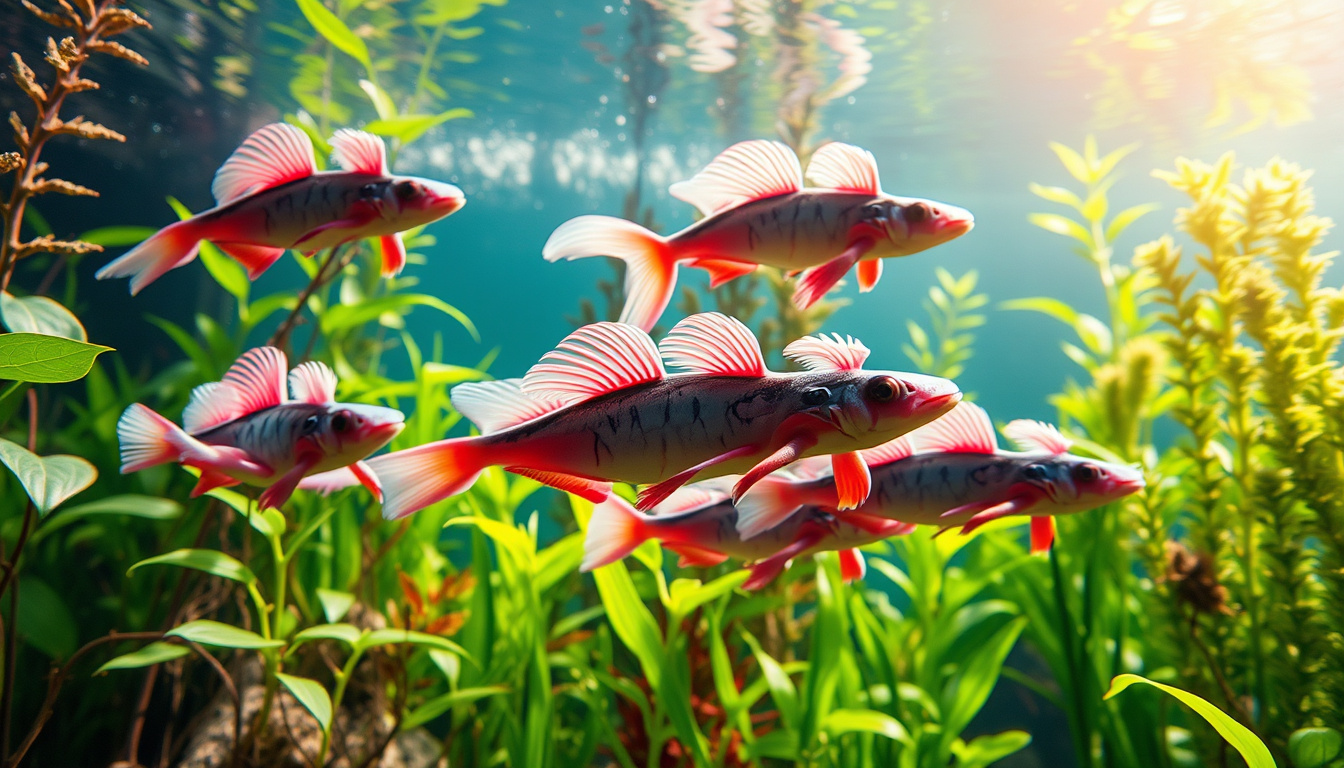Have you ever heard of the axolotl?
This extraordinary creature, often called the ‘Mexican walking fish,’ is far from your typical pet.
With its ability to regenerate limbs and its vibrant colors, the axolotl has captured the hearts of many.
However, despite its fascinating qualities, axolotls face significant threats that endanger their existence.
In this article, we’ll dive into the essential strategies for axolotl preservation, exploring the challenges these unique amphibians face and the various initiatives aimed at safeguarding their future.
Whether you’re a student, an aspiring conservationist, or just curious about this enchanting species, join us as we uncover the vital steps we can take to protect the axolotl and its habitat.


Sustainable Practices for Axolotl Owners: How to Care for Your Pet Responsibly
As an axolotl owner, committing to sustainable practices is crucial not only for your pet’s health but also for the long-term preservation of these fascinating creatures in the wild.
Axolotl preservation is underscored by creating a suitable environment at home, which mimics their natural habitat to reduce stress and promote well-being.
Start by investing in a quality aquarium that provides ample space and clean water, with a filtration system that minimizes waste.
Regular water changes and testing ensure optimal conditions, as axolotls are sensitive to changes in their environment.
Furthermore, sourcing live food from sustainable suppliers helps prevent overfishing and supports the ecosystem.
Consider educating fellow pet owners about the importance of ethical breeding practices and resisting the impulse to capture wild axolotls.
By implementing these simple yet effective measures, axolotl enthusiasts can play a significant role in their preservation while enjoying the unique companionship of these remarkable amphibians.
Community Involvement: Engaging Local Populations in Axolotl Conservation
Community involvement is vital for the success of axolotl preservation efforts.
By partnering with local populations, conservation groups can raise awareness about the importance of these unique creatures and their habitats.
Engaging community members through educational workshops and interactive events not only fosters a sense of ownership but also helps instill a deep appreciation for the axolotl’s ecological role in the ecosystem.
Initiatives such as clean-up drives in water bodies where axolotls thrive, and the establishment of local breeding programs can empower individuals to take action.
Moreover, sharing success stories and creating platforms for community voices can motivate more people to join in the quest for axolotl preservation.
Ultimately, when communities rally behind the cause, they create a powerful support network that is essential for ensuring the future of this fascinating species.
Frequently Asked Questions
What is the current status of axolotl populations in the wild?
Axolotl populations in the wild are critically endangered due to habitat loss, pollution, and invasive species.
Conservation efforts are essential to protect them and restore their natural habitats.
How can I help with axolotl preservation efforts as an individual?
Individuals can help by supporting organizations focused on axolotl preservation, spreading awareness about their plight, adopting sustainable practices in their pet care, and participating in local conservation initiatives.
What are some common threats to axolotl habitats?
The main threats to axolotl habitats include pollution from urban and agricultural runoff, urban development leading to habitat loss, and climate change which affects their aquatic environment.
Are there any specific organizations dedicated to axolotl conservation?
Yes, several organizations, such as the Axolotl Conservation Project and Global Wildlife Conservation, are actively working to protect axolotls through research, habitat restoration, and awareness programs.
What sustainable practices should axolotl owners follow?
Axolotl owners should ensure their tanks are clean, avoid overfeeding to minimize waste, utilize eco-friendly products, and consider adoption from responsible breeders to prevent contributing to the pet trade problem.
[center][/center]
[center][color=rgb(10, 10, 10)][highlight=rgb(255, 248, 231)] [/highlight][/color][color=rgb(10, 10, 10)][highlight=rgb(255, 248, 231)]As an Amazon Affiliate,[/highlight][/color][color=rgb(10, 10, 10)][highlight=rgb(255, 248, 231)] [/highlight][/color][color=rgb(10, 10, 10)][highlight=rgb(255, 248, 231)]Savvy Keto makes a commission[/highlight][/color][color=rgb(10, 10, 10)][highlight=rgb(255, 248, 231)] [/highlight][/color][color=rgb(10, 10, 10)][highlight=rgb(255, 248, 231)](at no extra cost to you)[/highlight][/color][color=rgb(10, 10, 10)][highlight=rgb(255, 248, 231)] [/highlight][/color][color=rgb(10, 10, 10)][highlight=rgb(255, 248, 231)]on purchases you make[/highlight][/color][color=rgb(10, 10, 10)][highlight=rgb(255, 248, 231)] [/highlight][/color][color=rgb(10, 10, 10)][highlight=rgb(255, 248, 231)]thru links on this site.[/highlight][/color][/center]

